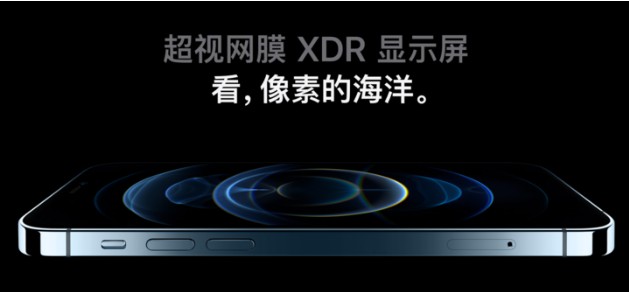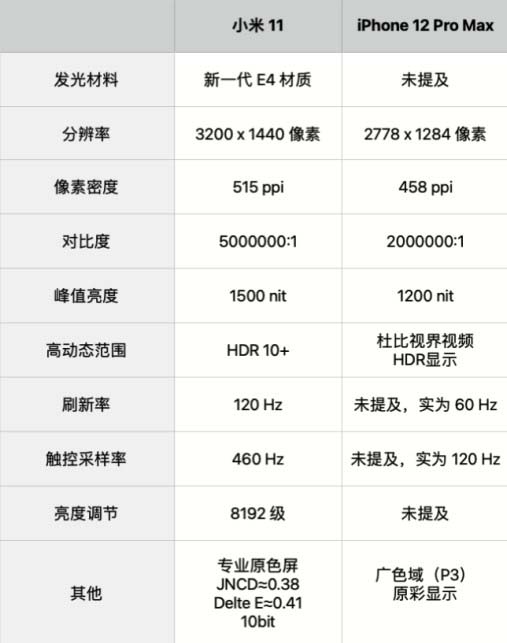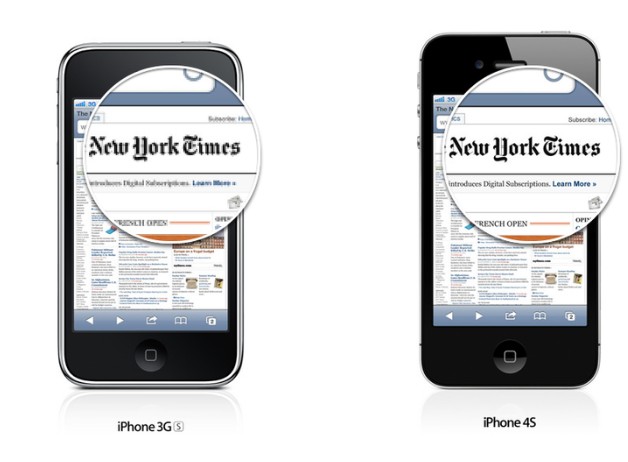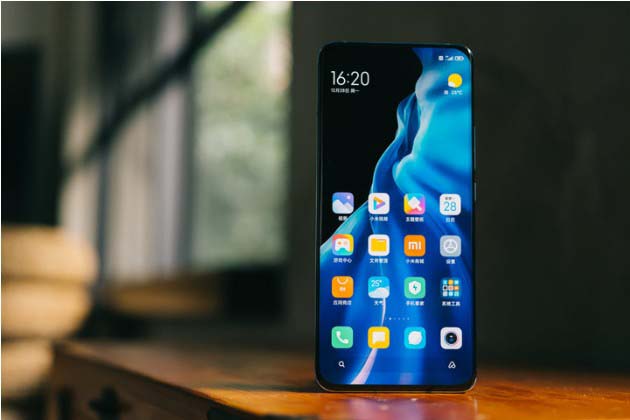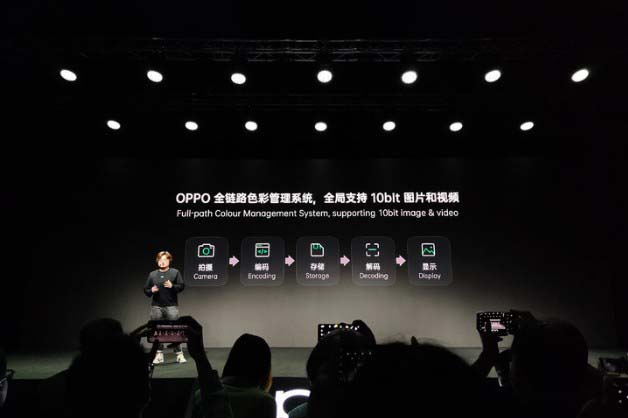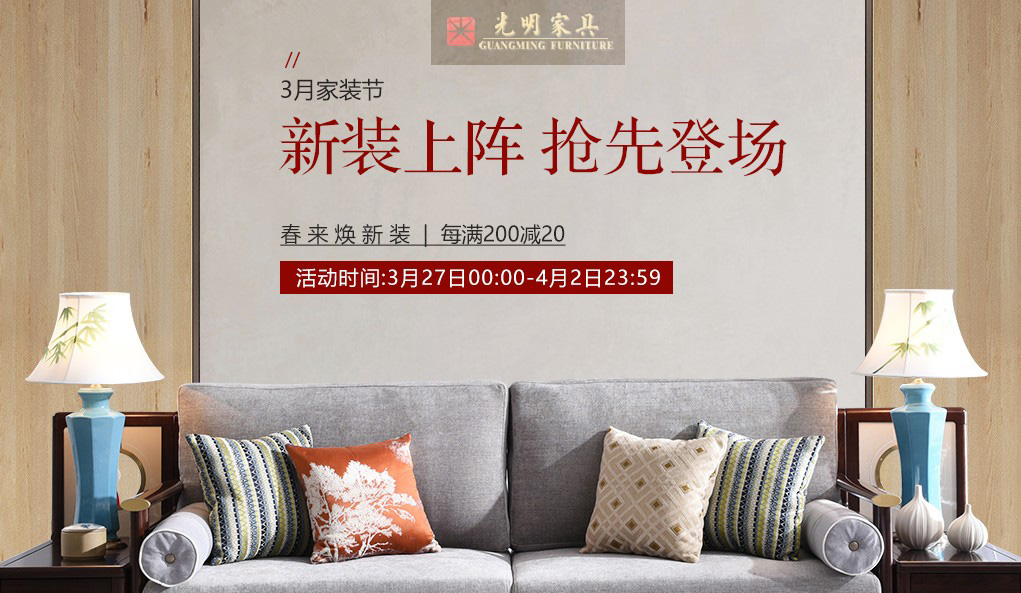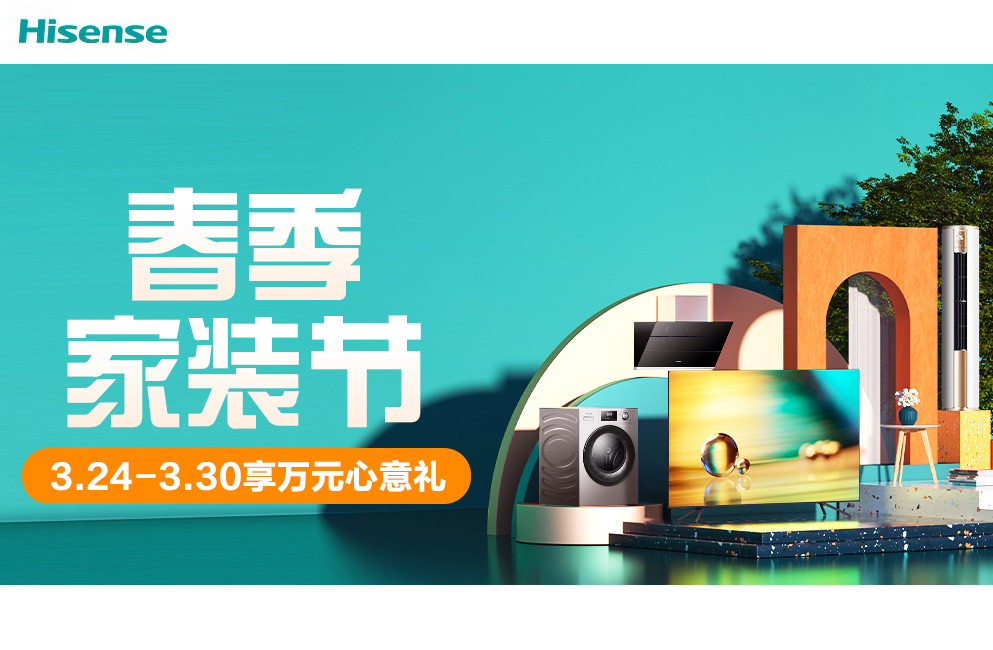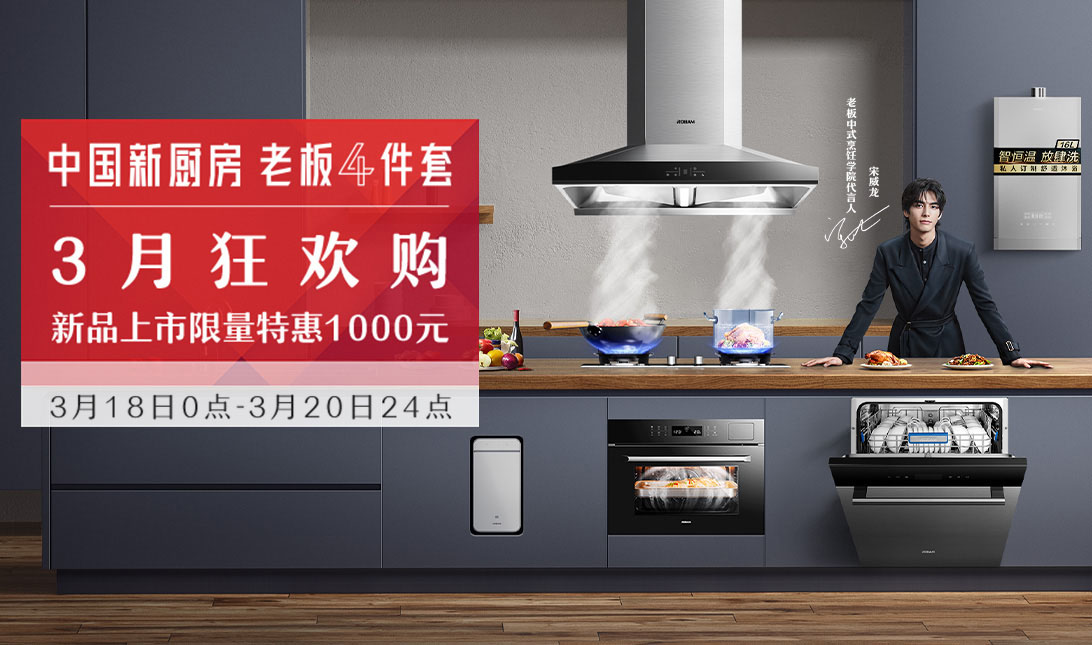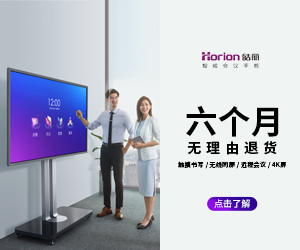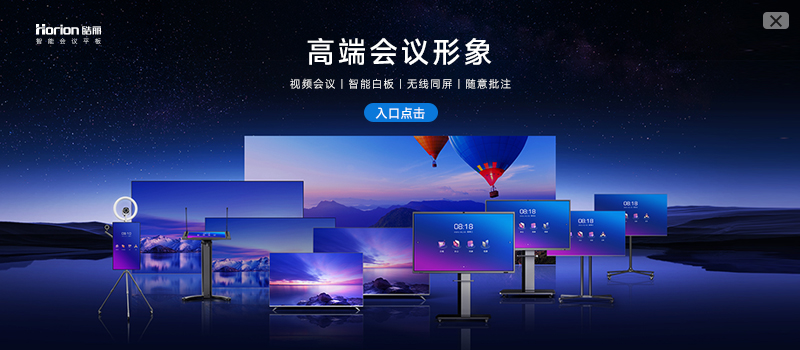The screen is the main window for human-computer interaction. The quality of the screen almost determines the use experience of a mobile phone.
Fortunately, since the iPhone 4 started the trend of "retinal screen", more and more manufacturers have begun to pay attention to the user's visual experience. The screen size is bigger, the border is narrower, the bangs are smaller... these are not enough. In recent two years, at the press conference of new machines, manufacturers began to emphasize parameters such as screen material, contrast and color.
For example, the Xiaomi 11 series, known as the "2021 flagship aircraft gatekeeper", has made great efforts in the promotion of screen quality: Samsung E4 material, 5000000:1 contrast, 1500nit maximum brightness, 2K+120Hz, etc. Lei Jun said that this is "the most expensive and best screen of Xiaomi mobile phone ever".

▲ Xiaomi 11 screen poster In the iOS camp, The hyperretinal XDR screen on the iPhone 12 series supports playing Dolby video and HDR display, refreshing the iPhone's visual experience again. Apple called this screen "the ocean of pixels" on its official website.
Although the manufacturers are vigorously promoting, it is still difficult for ordinary users to understand these numbers and proper nouns. We are trying to analyze the screen parameters of these two 'benchmark phones' in plain language, whether they are gimmicks or real kungfu.
Screen parameters, not so difficult to understand
Based on the publicity of Xiaomi's official microblog and official website, as well as Apple's press conference and official website, we can see that the main points of their propaganda on screen quality are as follows.
Let's start with 'light-emitting materials'. One of the characteristics of OLED screen is that each pixel can emit light independently without backlight. Therefore, light-emitting materials, to a large extent, affect the power consumption and display effect of the screen.
The E4 used by Xiaomi 11 is Samsung's latest OLED light-emitting material. Compared with the previous generation E3 material, The main upgrade points of E4 are peak brightness, contrast and power consumption. For example, the local peak brightness of Xiaomi 11 has soared to 1500nit, and the contrast has been upgraded to 5000000:1, while the power consumption has been reduced by 15%.
While the iPhone 12 also uses OLED screens throughout the series, there is no official information on its luminescent materials.
Then let's look at 'resolution' and 'pixel density'. The resolution of the screen refers to the number of pixels displayed on the screen, which is generally expressed as the number of horizontal pixels × the number of vertical pixels. At the same size, the higher the resolution, the more delicate the appearance, which involves the pixel density.
Jobs first proposed Retina screen at the launch of iPhone 4, indicating that the screen pixel density of iPhone 4 is 326ppi, which exceeds the limit of human eye recognition of 300ppi.
However, this definition is conditional, that is, the user's vision is 1.0 and the viewing screen distance is 20-30cm. In fact, the vision of some people may be higher than 1.0, and the screen will be closer to the human eye. The data from Guohul Net shows that the actual resolving power of most people's eyes should be more than 450 ppi.
The pixel density of Xiaomi 11 and iPhone 12 Pro Max is higher than 450 ppi. If you don't take a magnifying glass, it is difficult for the human eye to detect the difference in the fineness of the two.

▲ Picture from: eizoglobal 'Contrast' and 'peak brightness', we mentioned the screen luminous materials above. The so-called 'contrast' is actually the 'brightness expressiveness' of the screen. The common expression is xxxx: 1, such as 2000000: 1. The higher the previous value, the higher the contrast.
The higher contrast means that you can see more details of dark and bright parts on this screen. For example, the following two pictures are typical contrast test pictures. The better the contrast of the screen, the clearer the blocks behind it will be. If the contrast is not high enough, it may be dark or pale.
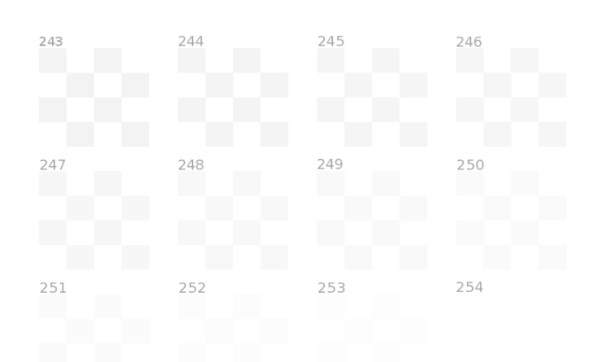
▲ White test. Picture from: glennmessersmith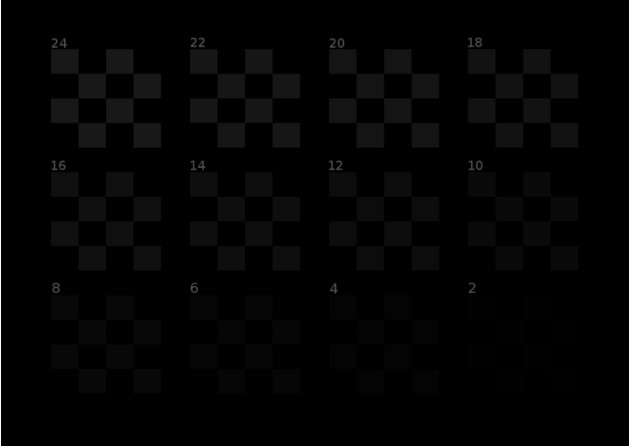
▲ Black test. Picture from: glennmessersmith So what does' peak brightness' mean? It refers to how bright the screen can be under the limit conditions, and the unit is nit. It should be noted that the 1500nit peak brightness of Xiaomi 11 and the 1200nit peak brightness of iPhone 12 Pro Max refer to the local peak brightness rather than the peak brightness of the whole screen.
In addition, we also need to understand that the peak brightness is equivalent to the 100 meter dash, which will not be maintained for a long time. In addition, there are many activation conditions. The higher this value is, the more helpful it is to restore HDR scenes.
This has to mention 'high dynamic range'. Xiaomi 11 supports the dynamic range of HDR10+, All iPhone 12 systems support Dolby Video playback and HDR display.
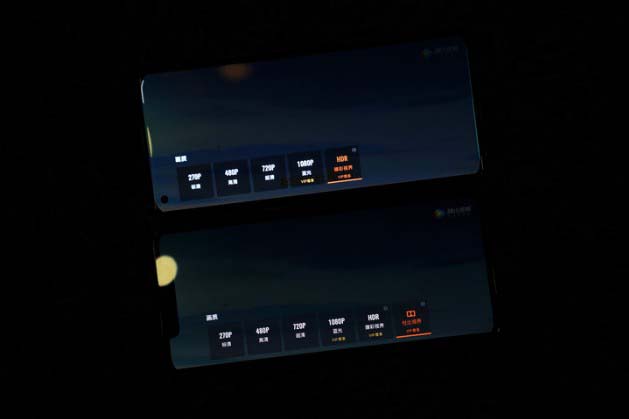
▲ The top is Xiaomi 11, which can only open the 'HDR color vision' at the highest; Below is iPhone 12 Pro Max, which supports' Dolby Vision ' Previously, we had an article that specifically introduced what Dolby Vision is and how it compares with HDR10 Advantages of HDR10+. In short, Dolby Vision is the HDR video standard with the highest requirements for parameter indicators on the market at present, and it needs to pay a lot of licensing fees. HDR10+is an open specification, which is the current mainstream choice.
The impact on ordinary users mainly lies in the experience of watching videos. Some platforms such as iQIYI and Tencent Video already support Dolby Video format. When watching such videos, The iPhone 12 Pro Max experience will take it to the next level.
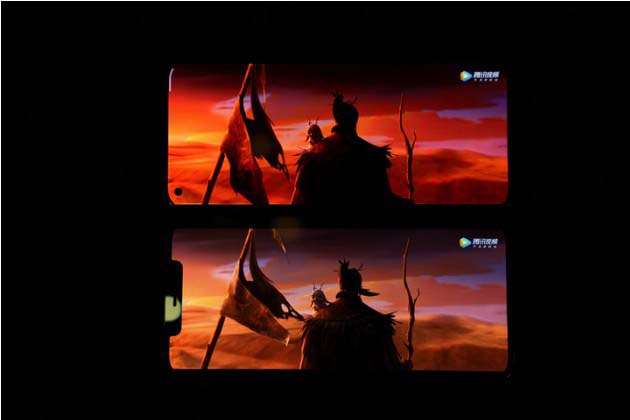
▲ The "Dolby Vision" effect is enabled for the iPhone 12 Pro Max, and the picture level is richer The following 'refresh rate' and 'touch sampling rate' are familiar to us. The screen refresh rates of mainstream smart phones are 60Hz, 90Hz and 120Hz, which can be understood as how many frames the mobile phone screen can display in one second.
The larger this number is, the smoother the visual experience will be when moving pictures, especially when sliding pages. Of course, the price is that the power consumption of the screen is higher, and the battery life of the mobile phone will be affected.
At present, the more advanced solution is to use LTPO (low temperature polycrystalline oxide) panel to achieve several variable refresh rates on hardware, or set several variable refresh rates through software optimization. However, the hardware of Xiaomi 11 does not support LTPO, and only 60Hz or 120Hz can be selected in the settings; The iPhone 12 Pro Max only supports 60Hz.

▲ Xiaomi 11 screen refresh rate option The 'touch sampling rate' is the number of times the screen can sense your fingers in one second. The higher the value, the more sensitive the screen will be. For game lovers, especially audio game lovers, this value is more important.
In the bulletin board of Xiaomi 11, '8192 level dimming' is also an important parameter, which we have seen on One Plus 8T. Compared with the '4096 level dimming', the 8192 level means that the brightness of the screen is adjusted with more gears. Especially in the automatic brightness mode, the brightness change of the mobile phone screen will be more delicate and smooth.
However, this is only a theoretical analysis. In fact, the brightness change of the screen is closely related to the sensitivity of the mobile phone light sensor and the optimization of the algorithm. Numbers are for reference only, and the actual experience is not determined by them.
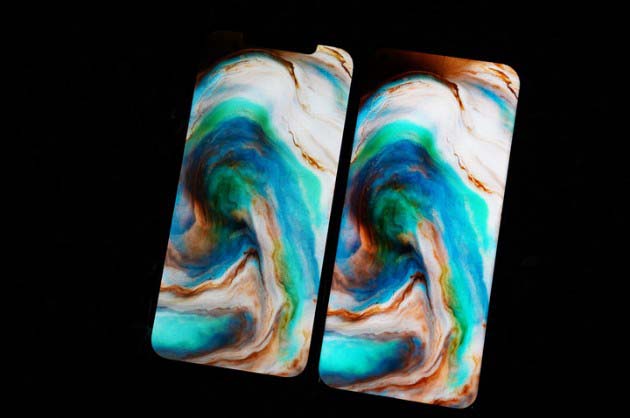
▲ Screen comparison of iPhone 12 Pro Max (left) and Xiaomi 11 (right) The screen parameters often mentioned by mobile phone manufacturers include color gamut, color accuracy and color depth.
In short, color gamut refers to the range of colors that can be displayed on the screen. At present, P3 SRGB color gamut. For example, the default setting of iPhone 12 Pro Max and the adaptive mode of Xiaomi 11 are both P3 color gamut. Xiaomi also provides two other modes: sRGB color gamut in primary color mode and NTSC color gamut in bright color mode.
At present, the mainstream flagship computers cover the color gamut very well. WHYLAB test data shows that Xiaomi has 11 pairs of P3 The coverage of NTSC and sRGB color gamut exceeds 100%. The default P3 color gamut of iPhone 12 also exceeds 100%.

▲ The wider the color gamut, the richer the color. Picture from: viewsonic Compared with the color gamut, the color accuracy may affect our perception more. Color accuracy refers to color accuracy. What Xiaomi 11 said is "professional primary color screen", which means that this screen is very accurate in color restoration.
Xiaomi also gave the specific value on the official website: JNCD ≈ 0.38; Delte E ≈ 0.41. Although the iPhone 12 Pro Max does not mark relevant parameters, according to the data of displaymate, its average color error is 0.9 JNCD, which is also an excellent level.
We don't need to go deep into the algorithm of JNCD and Delte E, just know that these two parameters refer to the 'difference between two colors that can be perceived by the human eye'. The smaller the value, the better, which means that the screen can restore colors more accurately.
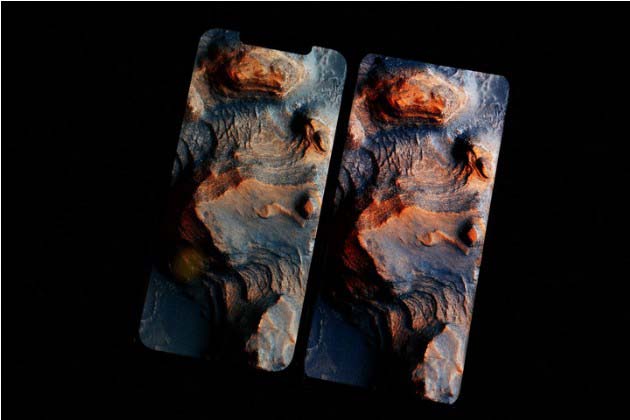
▲ P3 color gamut, IPhone 12 Pro Max (left) and Xiaomi 11 (right) have different color trends Finally, let's look at the color depth. Color depth is simply how many colors are available for you to call under the same architecture, and the unit is expressed in bits. The larger the value of color depth, the better. For example, 8bit is more than 6bit, and 10bit is better than 8bit.
It can be understood as follows: from bright red to dark red, the greater the value of color depth, the more transitional colors between the two colors. When we look at photos and videos, we will feel that the color transition of the picture is more natural.
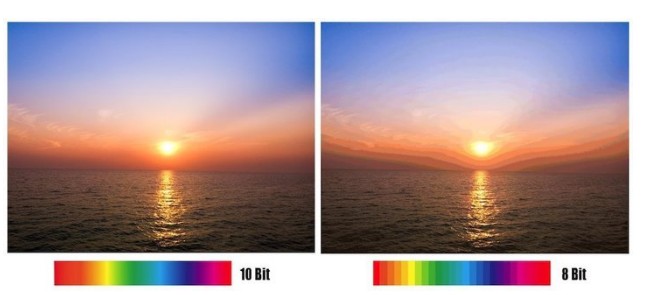
▲ 10bit vs. 8bit color depth. Picture from: Jack Forest Durable, the foundation of a good screen
In addition to the screen parameters frequently mentioned by the manufacturer, the Xiaomi 11 and iPhone 12 series also specially emphasize the glass material.
Xiaomi 11 uses the seventh generation glass Victus of Corning Gorilla. Corning said that this generation of glass has improved the anti drop performance and anti scratch performance at the same time. The fall resistance is 1.5 times that of the previous generation, and the scratch resistance has been improved by 2 times.
In fact, this generation of glass called Victus was first launched in Samsung note 20 ultra. According to the test of Zack Nelson, the tubing blogger, the screen of Samsung note 20 ultra began to show scratches under the Mohs hardness of level 6, and deeper grooves under the hardness of level 7.
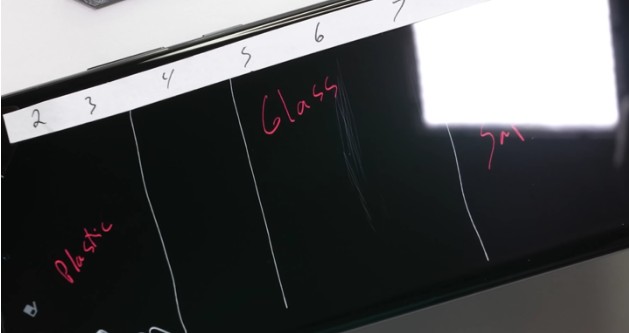
▲ Test of scratch resistance of Note 20 ultra. Picture from: Zack Nelson Xiaomi 11, which uses the same type of glass, should have the same scratch resistance as Samsung Note 20 ultra. However, the "streaking" Xiaomi 11 on our hands has already had some scratches. Those who mind, they'd better stick a layer of tempering film.
The iPhone 12 uses a 'super ceramic glass panel'. Apple said that it has cooperated with Corning to integrate nano ceramic crystals and glass through the 'double ion exchange process'. The hardness of nano ceramic crystal is higher than that of most metals, so the hardness of super ceramic crystal panel is much higher than that of previous glass panel, and the anti drop ability is increased by four times.
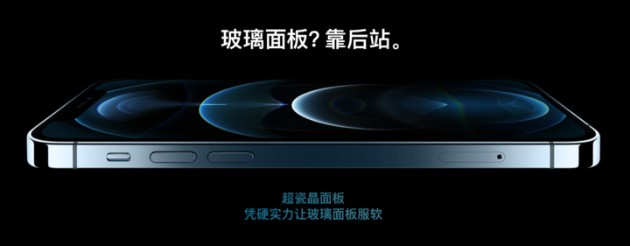
▲ Banner of iPhone 12 Pro Max The double ion exchange process also contributes to the scratch resistance and scratch resistance of glass. However, under Zack Nelson, the oil pipeline blogger, The screen of the iPhone 12 Pro also began to scratch under the Mohs hardness of level 6, and the scratch deepened under the hardness of level 7, which seemed to match the performance of Victus.
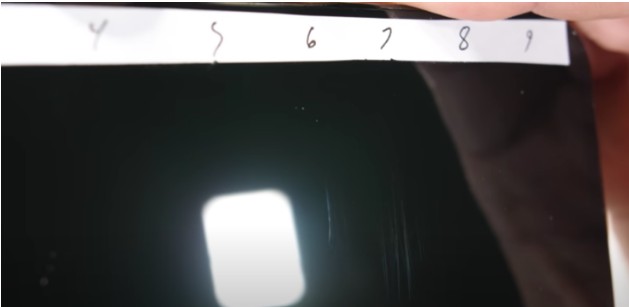
▲ Anti scratch ability test of iPhone 12 Pro Max. Picture from: Zack Nelson For many users, whether the screen is durable may be more meaningful than pursuing parameters such as contrast and dimming level. After all, the cost of changing a screen is increasingly high, and wear resistance and fall resistance are the king's way.
New trends in mobile phone screens
Through the screens of Xiaomi 11 and iPhone 12 series, we can also speculate the development direction of the flagship in 2021.
In terms of hardware, E4 will replace E3 light-emitting materials and be applied to more flagship aircraft. This brings higher screen brightness and better outdoor use experience. The screen resolution will be based on 2K. If the flagship still uses the 1080P screen, people will probably complain.
In 2020, the refresh rate of the screen has become the selling point that flagship computers compete for. This year, we may pay more attention to the promotion of touch sampling rate.
The automatic adjustment of screen brightness may also become the next force. Earlier, when we mentioned automatic brightness, we praised the iPhone screen. However, with the attention of Android manufacturers, The iPhone's achievements in this regard will usher in more challenges.
The screen is getting better and better, and the cost of maintenance is getting higher and higher. The change of screen is often 1000 or 2000, which makes consumers expect the durability of the screen to be enhanced. The seventh generation glass Victus of Corning Gorilla may be one of the best solutions for the current Android camp.
And the slogans such as Xiaomi 11's "professional primary color screen" also let us see the efforts of the flagship in "color accuracy". In the past, photos taken by us on different brands of mobile phones, or on the same brand but different devices, will have visible differences, mainly reflected in the color difference.

▲ By default, Appearance difference between iPhone 12 Pro Max (left) and Xiaomi 11 (right) This is not only because the quality of screen hardware is different, but also because of the absence of color management system.
At present, only Apple has a relatively complete color management system. The technology of 'ColorSync' has been applied to the System 7.1 Mac as early as 1993. It started early and paid attention to, resulting in the uniformity of Apple device colors.
In the Android camp, OPPO will also apply the 'full link color management system' on the Find X3 series for the first time, which is also the first full link color management system for Android.
It can be expected that in 2021, the screen of the flagship will be in full swing. If you master the meaning of the above parameters, you can happily 'eat melons and watch plays'.
(The image is reproduced to the network. If the original author finds that the use of the image does not meet my wishes, please contact the author of this website or customer service, and delete it as soon as possible)

